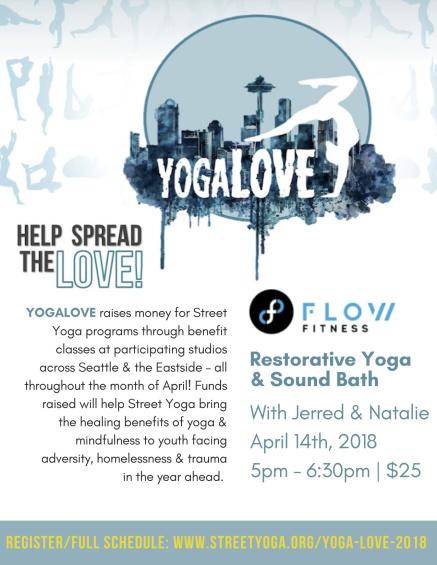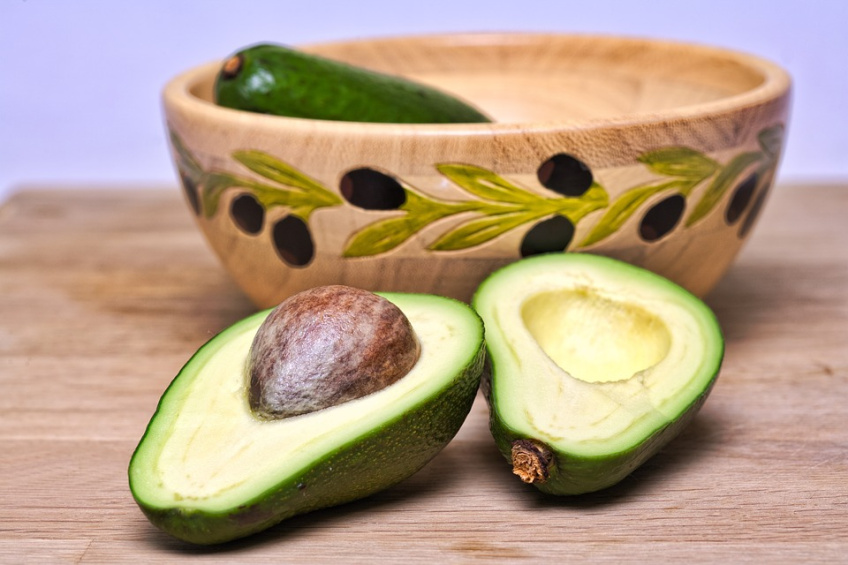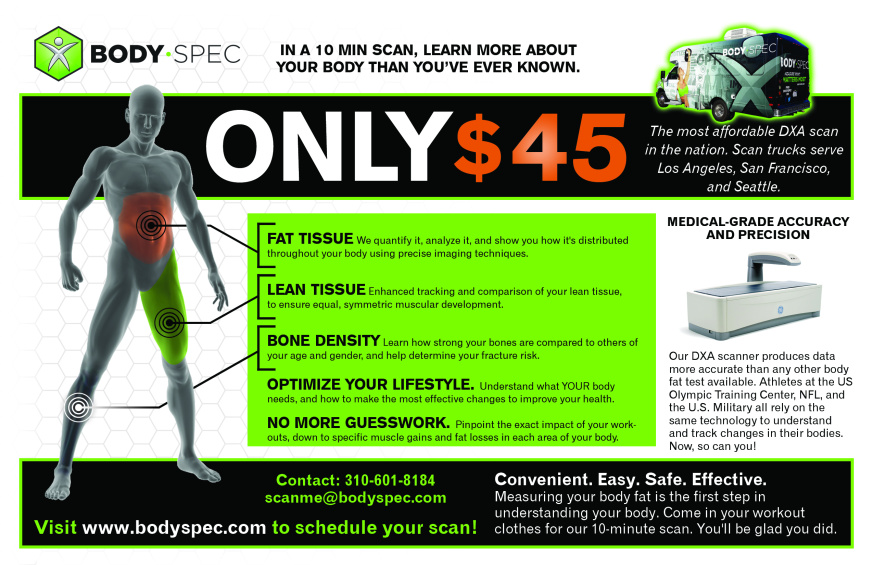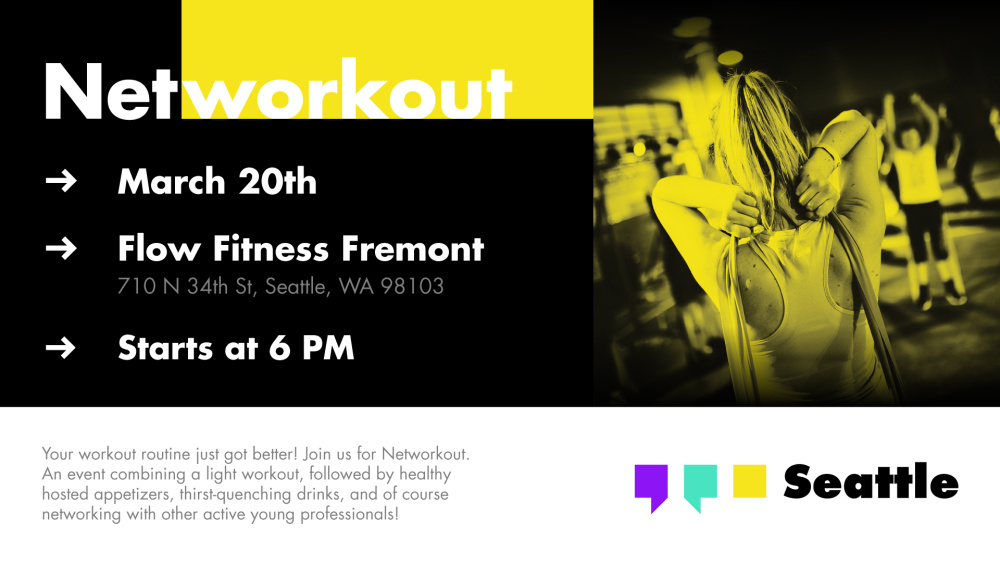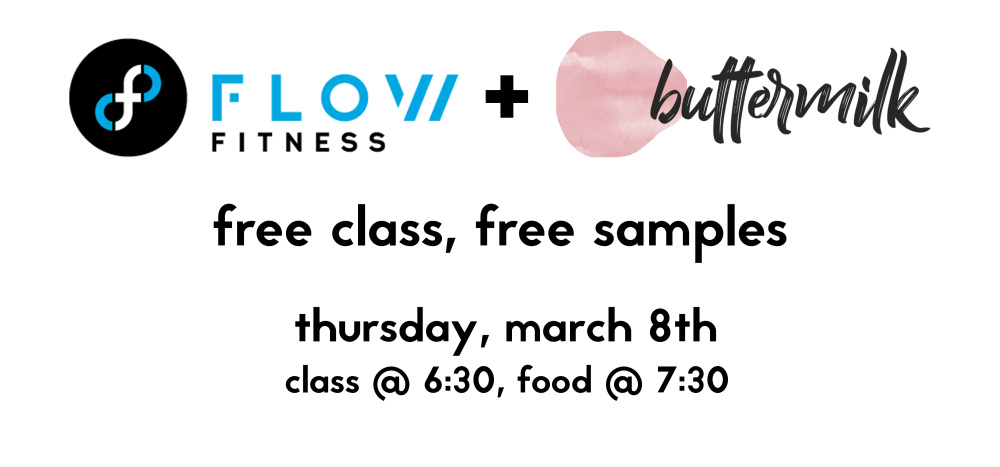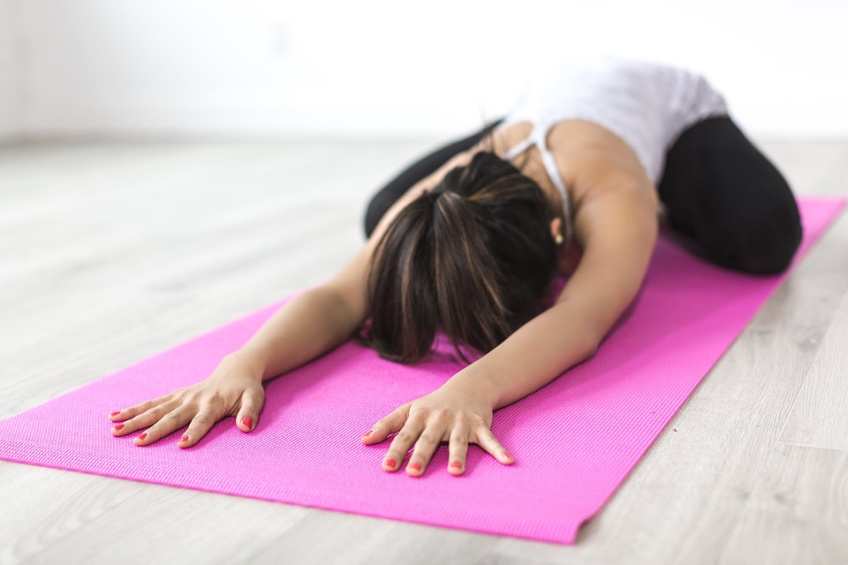There is a direct connection between the mind and the body. Your mental, emotional, and physical health all support or limit the health of one another. No one aspect of a person’s health exists within a vacuum.
The World Health Organization defines health as “a state of complete physical, mental and social well-being and not merely the absence of disease or infirmity”
To more directly connect the dots, the Canadian Mental Health Association states that this connection is most clearly displayed in the relationship between chronic physical conditions and mental health.
Nowhere is the relationship between mental and physical health more evident than in the area of chronic conditions. The associations between mental and physical health are:
- Poor mental health is a risk factor for chronic physical conditions.
- People with serious mental health conditions are at high risk of experiencing chronic physical conditions.
- People with chronic physical conditions are at risk of developing poor mental health.
The United Kingdom’s Mental Health Organization has stated similar with “poor physical health can lead to an increased risk of developing mental health problems. Similarly, poor mental health can negatively impact on physical health, leading to an increased risk of some conditions.”
Connecting the Dots
The connection has a general consensus across the board that mental health affects physical health, and physical health affects mental health.
They “why” to this isn’t something that can be answered easily simply because of how many small functions our bodies take care of that directly or indirectly impacts the brain. Depending on how strong these different bodily systems are, they can provide different levels of support for the brain.
For instance, HDC (high density cholesterol), in addition to lowering your risk for heart disease and stroke is responsible for lubricating your skin, synthesize vitamin D, and creating several essential hormones the body needs.
To put that in context, people who suffer from SAD (seasonal affective disorder) produce less vitamin D. Vitamin D supplements and sun lamps which prompt vitamin D synthesis are two popular and effective ways to address this type of depression. A balanced level of cholesterol enables the body to naturally produce vitamin D.
While this is certainly not a cure all for everyone, the connection is direct. To a certain degree mental and emotional conditions that arise from an imbalance of or a lack of certain hormones can be corrected through the balancing of those hormones via reaching a more balanced level of cholesterol. This is achieved through the combination of a balanced diet and exercise.
Note, however, that if you do suffer from any form of hormonal imbalance, speak to your doctor. Improving your physical health, if done correctly, certainly can help with building up your mental and emotional health, but again, it is not a cure all and a professional diagnosis is always better than a personal hunch at what may be causing the situation.
What To Do
You don’t have to become a professional powerlifter or go run a marathon to reap these benefits. A 2006 study from the National Institution for Biotechnology outlined that
Health benefits from regular exercise that should be emphasized and reinforced by every mental health professional to their patients include the following:
- Improved sleep
- Increased interest in sex
- Better endurance
- Stress relief
- Improvement in mood
- Increased energy and stamina
- Reduced tiredness that can increase mental alertness
- Weight reduction
- Reduced cholesterol and improved cardiovascular fitness
The work for an average person to enjoy these benefits? Thirty minutes of moderate exercise three times a week. Nothing more than a brisk walk. In fact, that 30 minute brisk walk can be broken up into three ten minute walks.
The body was made to move, and the brain being just another part of the same larger physiological system as the heart, lungs, stomach, and every fibre of muscle and sinew in the body, directly benefits when the systems supporting it are happy.


